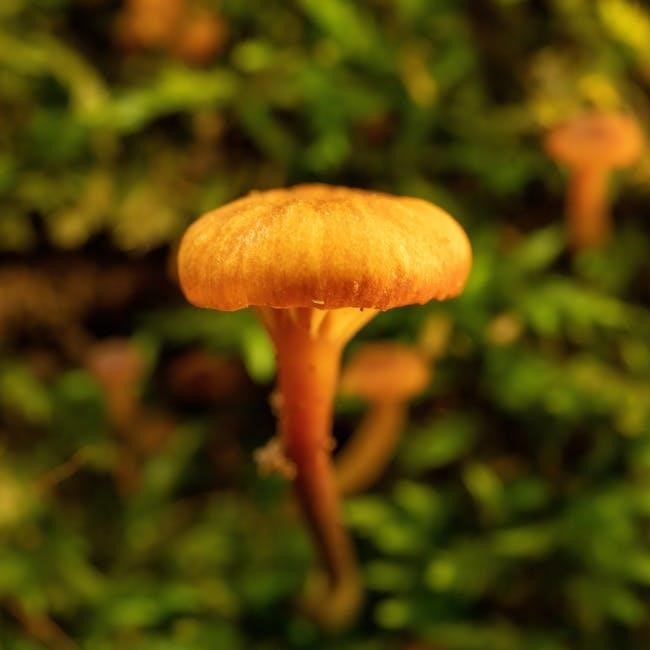minnesota foraging guide
Foraging in Minnesota offers a unique opportunity to connect with nature and discover its bounty. With its lush forests, vast prairies, and abundant wetlands, the state is rich in wild edibles like mushrooms, berries, and greens. Whether you’re a seasoned forager or just starting out, Minnesota’s diverse landscape provides endless possibilities for those willing to explore and learn. Remember to always forage responsibly, respecting both the environment and local regulations to ensure sustainable practices for future generations.
What is Foraging?
Foraging is the act of searching for and gathering wild, edible plants, fungi, and other organisms in their natural habitats. It is a sustainable and mindful way to connect with nature while obtaining fresh, nutrient-rich food. Foraging involves identifying safe and edible species, often requiring knowledge of botany, ecology, and local environments. It encourages a deeper appreciation for biodiversity and seasonal abundance. Whether practiced in forests, meadows, or urban areas, foraging promotes self-sufficiency and a healthier relationship with the environment. In Minnesota, foraging is particularly rewarding due to its diverse ecosystems, offering a wide variety of wild mushrooms, berries, and greens. It’s an activity that combines exploration, education, and the joy of discovering nature’s bounty responsibly.
Why Forage in Minnesota?
Minnesota offers a rich and diverse environment for foraging, making it a paradise for nature enthusiasts and food lovers alike. The state’s varied landscapes, from dense forests to open prairies and wetlands, support a wide array of edible plants, fungi, and berries. Foraging in Minnesota allows individuals to connect with nature, promotes sustainability, and provides access to fresh, nutrient-dense foods. The state’s distinct seasons ensure a constant rotation of foraging opportunities, with spring bringing wild greens, summer offering berries, and fall presenting mushrooms. Foraging fosters a sense of adventure and self-sufficiency while encouraging a deeper appreciation for Minnesota’s natural beauty and biodiversity. It’s an ideal way to explore the outdoors and enjoy the flavors of the wild.
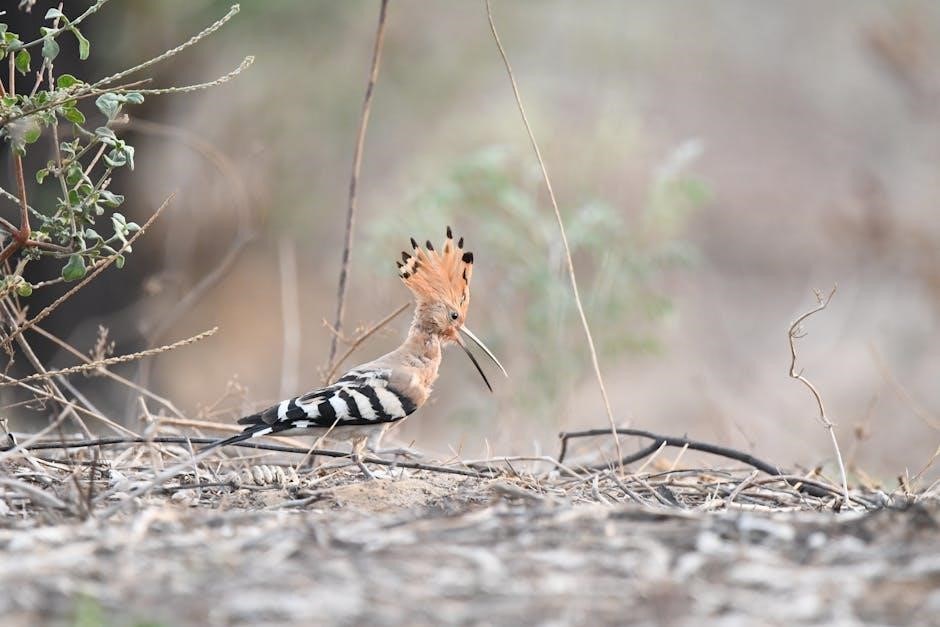
Best Seasons for Foraging
Minnesota’s distinct seasons create a dynamic foraging calendar. Spring brings wild greens like ramps and dandelion, emerging as snow melts. Summer offers abundant berries such as strawberries, blueberries, and raspberries, with mushrooms like chanterelles appearing in late summer. Fall is prime for mushrooms, including oyster and honey mushrooms, alongside nuts like hazelnuts and walnuts. Winter presents challenges but rewards the diligent with evergreen plants and hardy winter mushrooms. Timing is crucial, as each plant has its peak season. Understanding these cycles allows foragers to enjoy Minnesota’s bounty year-round, highlighting the state’s rich and varied foraging opportunities.
Popular Edible Plants in Minnesota
Minnesota is home to a variety of edible plants, including wild mushrooms, berries, greens, and root vegetables. Common finds like asparagus, ramps, and morels thrive in its diverse habitats.
Wild Mushrooms
Minnesota’s diverse landscapes offer a wide variety of wild mushrooms, making it a paradise for foragers. Species like morels, chanterelles, and oyster mushrooms grow abundantly in forests, wood edges, and moist areas. Morels typically appear in spring, while chanterelles and other varieties thrive in summer and fall. Foraging for wild mushrooms requires a keen eye and knowledge of habitats, as they often blend seamlessly into their surroundings. Always use field guides or consult experts to ensure safe identification, as some species can be poisonous. Responsible foraging practices, like avoiding over-harvesting, help preserve these treasures for future generations. Joining a local mushroom club can also provide valuable insights and connections for enthusiasts.
Wild Berries
Wild berries are a delicious and abundant treasure in Minnesota, with species like blueberries, raspberries, blackberries, and wild strawberries thriving across the state. These berries typically grow in specific habitats, such as acidic wetlands for blueberries or sunny, wooded edges for raspberries and blackberries. Wild strawberries often carpet open fields and meadows. Foraging for wild berries is most rewarding in late summer and early fall, when they’re ripe and flavorful. Always ensure you’ve correctly identified the berries to avoid mistakes, as some lookalikes can be harmful. Avoid areas sprayed with pesticides and practice sustainable foraging by leaving enough for wildlife and other foragers. This ensures these delicious treasures remain plentiful for years to come.
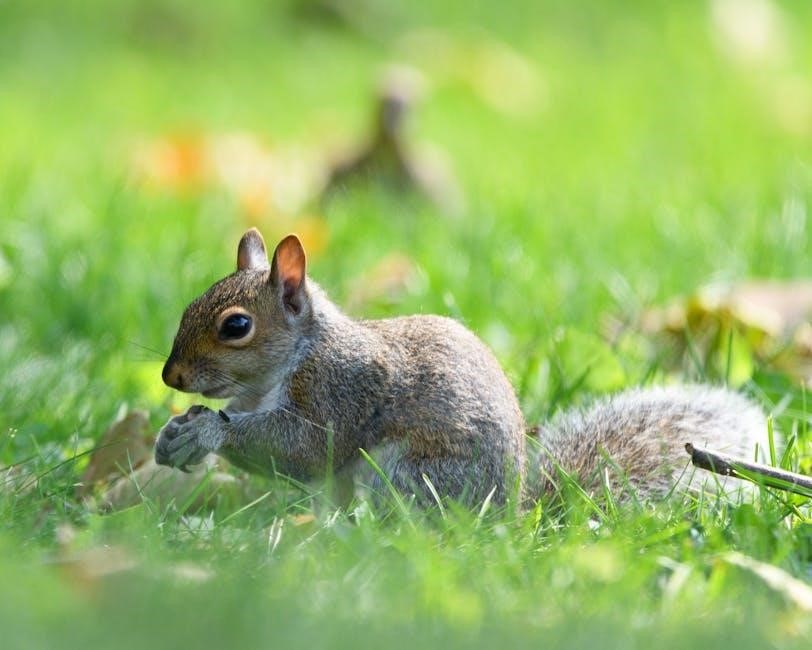
Wild Greens and Vegetables
Minnesota’s wilderness offers a variety of wild greens and vegetables that add fresh flavor to meals. Dandelion, chicory, and plantain greens are common in fields and along roadsides, while wild garlic and ramps thrive in wooded areas. These greens are typically foraged in the spring and early summer when they are tender and flavorful. Wild vegetables like burdock root and sunchokes can also be found in abundance. Always ensure proper identification before harvesting, as some wild plants can be toxic. Avoid areas with pesticides or heavy pollution to ensure safety. Practice sustainable foraging by only taking what you need and leaving enough for the ecosystem. Wild greens and vegetables are a nutritious and sustainable way to connect with Minnesota’s natural bounty.
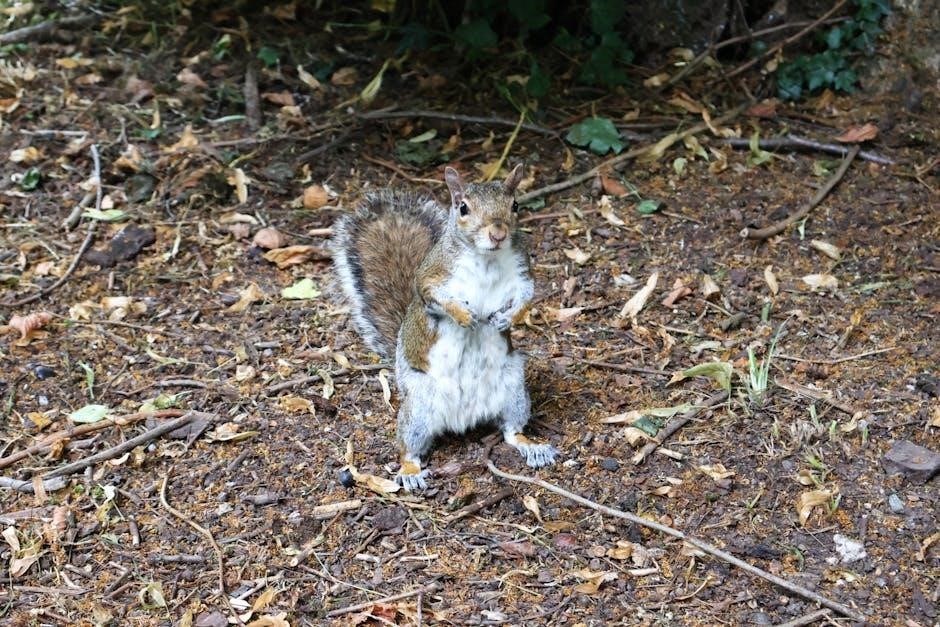
Safety and Regulations
Ensure safe foraging by correctly identifying plants to avoid poisoning. Familiarize yourself with local regulations, permits, and protected areas. Practice sustainable harvesting to preserve ecosystems and comply with laws.
Identifying Safe Plants
Accurate plant identification is crucial for safe foraging. Use trusted field guides, expert advice, and reliable apps to ensure plants are edible. Be cautious of lookalike species, as some can be poisonous. Start with easily identifiable plants like wild berries or dandelion greens. Cross-reference multiple sources to confirm a plant’s identity. Pay attention to details like leaf shape, color, and growth patterns. Avoid plants growing near polluted areas or those with signs of pesticide use. If in doubt, refrain from consuming. Practice patience and patience—mistakes can have serious consequences. Building knowledge gradually with experience ensures a safer and more enjoyable foraging experience in Minnesota.
Legal Considerations
Before foraging in Minnesota, understand the legal regulations to avoid penalties. Permits may be required for collecting plants or mushrooms in state parks or public lands. Private property rights must be respected—always obtain permission before foraging on private land. Certain plant species, such as orchids and ferns, are protected by law and cannot be harvested. Be aware of local ordinances, as some municipalities restrict foraging in specific areas. Additionally, regulations may limit the quantity of plants or mushrooms you can collect to ensure sustainability. Familiarize yourself with Minnesota’s Department of Natural Resources guidelines to stay compliant. Ignorance of the law can lead to fines, so take the time to research and follow all legal requirements.
Environmental Impact
Responsible foraging is crucial to minimize environmental impact. Over-harvesting can deplete plant populations, disrupt ecosystems, and harm wildlife that depend on these resources. Always practice sustainable foraging by harvesting only what is needed and leaving enough for other foragers and wildlife. Avoid damaging habitats, such as pulling plants by the roots or trampling surrounding vegetation. Be mindful of sensitive or endangered species and never over-forage in one area. By adhering to these practices, you help preserve Minnesota’s natural biodiversity for future generations. Remember, the goal of foraging is to coexist with nature, not exploit it. Stay informed about local regulations and guidelines to ensure sustainable practices.
Tools and Gear for Foraging
Essential tools include sturdy baskets, gloves, and a sharp knife for harvesting. A field guide and magnifying glass help identify plants accurately, while durable bags store finds safely.
Essential Tools
Foraging requires the right tools to ensure efficiency and safety. A sturdy, ventilated basket or breathable bag is ideal for collecting plants to prevent moisture buildup. Gloves protect hands from thorns and irritants, while a sharp knife or pruning shears are essential for harvesting plants cleanly; A reliable field guide or foraging app helps identify species accurately, and a magnifying glass can aid in examining small details. Durable, reusable containers are perfect for storing mushrooms and delicate greens. A walking stick or trowel can assist in reaching hidden areas or digging roots safely. Proper tools enhance the foraging experience, making it both enjoyable and sustainable for Minnesota’s wild bounty.
Protective Clothing
Protective clothing is crucial for a safe and enjoyable foraging experience in Minnesota. Long sleeves and pants made from durable, breathable fabrics like cotton or synthetic blends shield against thorns, bugs, and scratches. Sturdy, waterproof boots with good traction are essential for navigating uneven terrain, wetlands, and forests. Insect repellent and a wide-brimmed hat protect against mosquitoes, ticks, and sun exposure. Layers, including a moisture-wicking base layer and an insulating sweater, help adapt to changing weather conditions. A waterproof jacket or poncho is wise for unexpected rain. Bright colors enhance visibility, while long socks prevent tick bites. Proper attire ensures comfort and safety while exploring Minnesota’s diverse foraging environments.
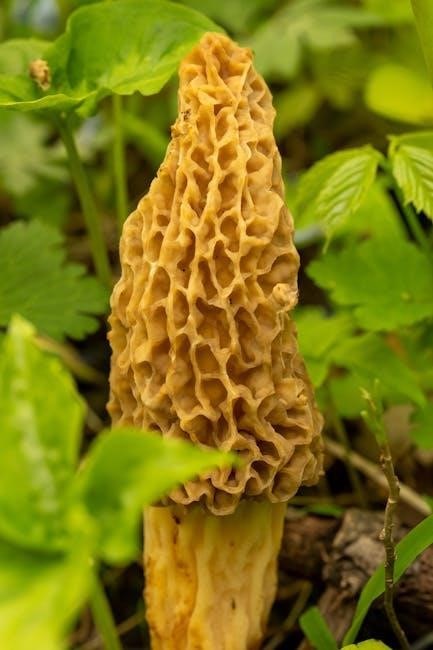
Beginner’s Guide to Foraging
Foraging is an art that combines nature exploration and sustainable food gathering. Start by learning common edible plants, understanding safety, and practicing responsible harvesting. Enjoy the journey!
Getting Started
Starting your foraging journey in Minnesota begins with research and preparation. Invest in a reliable field guide to identify edible plants and avoid harmful lookalikes. Understand local regulations and ensure you have permission to forage in public or private areas. Begin with easily recognizable species like wild berries or dandelion greens. Always harvest sustainably, leaving enough for others and the ecosystem. Carry essential tools like a knife, basket, and gloves. Practice caution with mushrooms, as some species can be deadly. Start in areas free from pesticides and pollution for safer foraging. Join a local foraging group or workshop to gain hands-on experience and build confidence in your skills.
Common Mistakes to Avoid
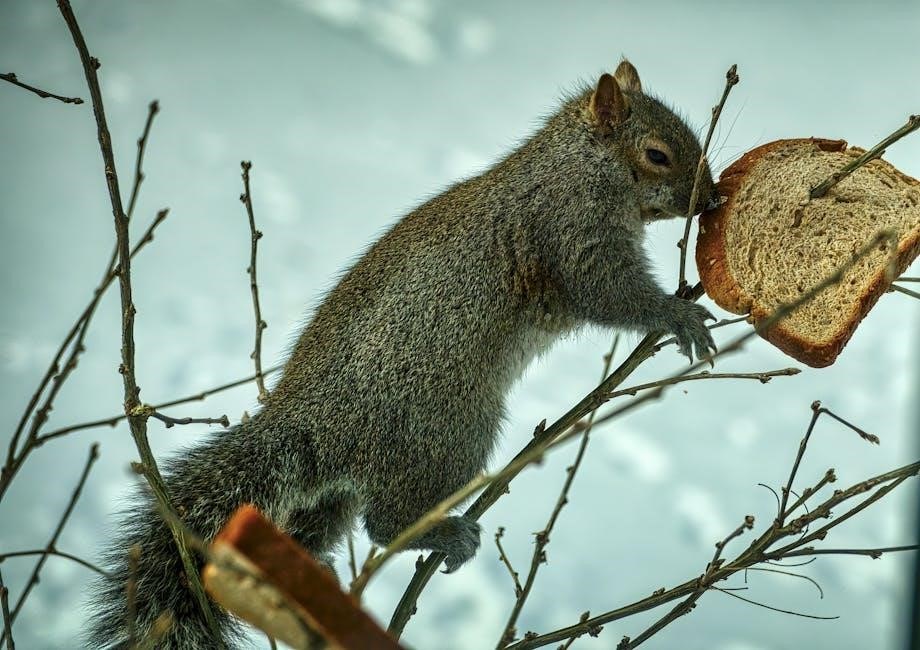
When foraging in Minnesota, avoid common mistakes that can lead to unsafe or unsustainable practices. Misidentifying plants is a major risk, so always cross-reference with multiple sources. Overharvesting can deplete ecosystems, so take only what you need. Ignoring local regulations, such as protected areas or permits, can result in legal consequences. Foraging in polluted or pesticide-treated areas increases health risks. Neglecting to learn about seasonal availability can lead to disappointment or danger. Never assume a plant is safe without proper verification. Lastly, avoid foraging in areas with heavy foot traffic or contamination. Being mindful of these mistakes ensures a safer, more enjoyable, and environmentally friendly foraging experience.
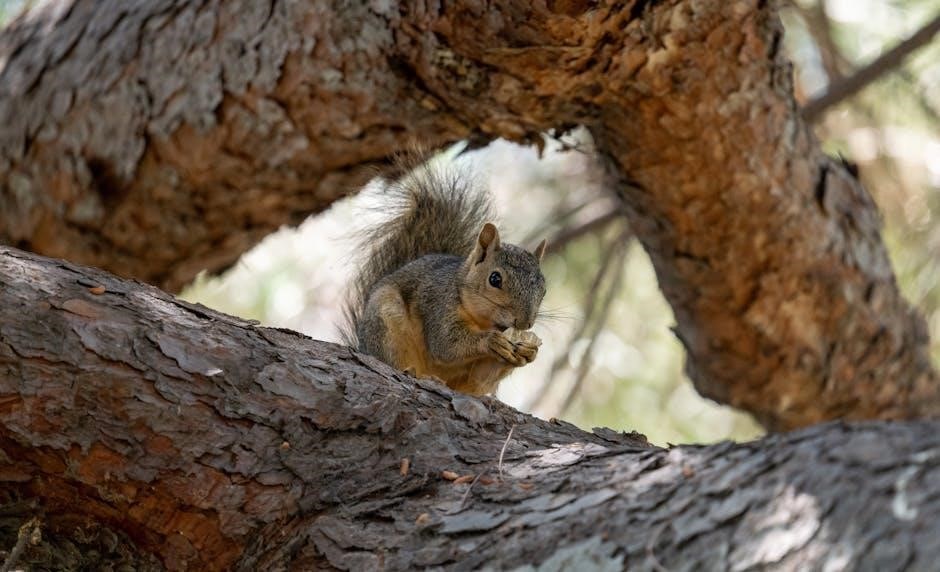
Advanced Foraging Techniques
Advanced foraging techniques involve expert plant identification, sustainable harvesting, and creative preservation methods. Wildcrafting and food preservation ensure a year-round enjoyment of Minnesota’s wild bounty responsibly.
Wildcrafting
Wildcrafting is the art of sustainably harvesting and utilizing wild plants for medicine, food, and crafts. It requires deep knowledge of plant identification, growth habits, and ethical harvesting practices. In Minnesota, wildcrafting often involves gathering medicinal herbs like prairie sage or wild bergamot, as well as edible plants such as ramps or dandelion greens. This practice promotes a connection to nature and supports local ecosystems when done responsibly. Advanced foragers use wildcrafting to create remedies, teas, and culinary products, ensuring minimal environmental impact. Always prioritize sustainable methods and respect the land to preserve Minnesota’s natural bounty for future generations.
Preserving Foraged Foods
Preserving foraged foods is a great way to enjoy Minnesota’s wild bounty year-round. Common methods include freezing, dehydrating, pickling, and making jams or jellies. Freezing preserves the fresh flavor of berries and greens, while dehydration works well for mushrooms and herbs. Pickling is ideal for vegetables like ramps or asparagus, adding a tangy twist. Jams and jellies are perfect for wild berries, capturing their sweetness. Proper techniques ensure safety and quality, such as blanching vegetables before freezing or using tested recipes for canning. Preserving not only extends shelf life but also reduces waste, making foraging more sustainable. It’s a way to savor the flavors of Minnesota’s wild harvest long after the foraging season ends.
Foraging in Minnesota is a rewarding journey that connects you with nature’s bounty. The state’s diverse landscapes offer a wide variety of wild edibles, from berries and mushrooms to greens and more. Whether you’re a beginner or an experienced forager, the process fosters a deeper appreciation for the environment and promotes sustainable living. By adhering to safety guidelines and ethical practices, you can enjoy the fruits of your labor while preserving Minnesota’s natural beauty for future generations. Embrace the adventure, continue learning, and savor the flavors of the wild—Minnesota’s foraging opportunities are a true treasure worth exploring and protecting.
